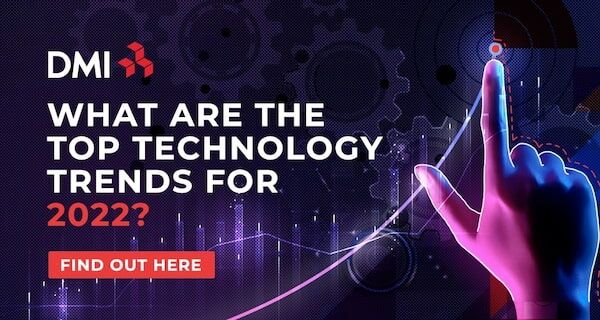How V2X Communication & Connected Vehicles Are Changing the Way We Drive
Presently, every time you buy a new car, one of the first questions that arise is, “What can this thing do now?” It’s a fair question, and one that you’ll be asking frequently in the future, thanks to automotive trends like V2X technology. As vehicles become more advanced, they become more autonomous, offering safety, comfort, and convenience as you cruise on the highway.
You may be unfamiliar with the term V2X. However, you’re already feeling its effects everywhere you drive. It encompasses an array of features that range from communication and navigation to safety features, infotainment, autonomous driving, connectivity, efficiency, and green solutions.
Below, we explore the world of V2X to give you a clearer understanding of V2X technology and what you can expect to find in your vehicle soon.
What Is V2X Technology?
V2X stands for “vehicle-to-everything.” It’s an umbrella term that refers to your car’s connected communications with all the features, devices, and accessories underneath the umbrella.
Think of it this way: your car can communicate with anything connected everywhere it goes. Connections can include wireless, Bluetooth, Internet of Things (IoT), satellite, and cellular. Thanks to digital transformation, your car is talking to everything everywhere.
While this concept can seem a bit overwhelming and even intimidating, it’s full of exciting possibilities that can improve your automotive enterprise in ways you never knew existed.
Types of V2X Technology
Vehicle-to-Vehicle (V2V)
Vehicle-to-vehicle technology performs two basic functions. First, it allows vehicles to communicate, sharing information in real-time. Second, it creates awareness about the vehicles in proximity to yours. You can receive information and alerts about another car’s destination, location, or speed.
An example of V2V that has been in development for the last decade is advanced warning systems (AKA collision avoidance technology). V2V communication can detect threats that make you vulnerable to crashes. Your car can alert you to these threats. Autonomous vehicles can instantly react to these threats in dangerous situations.
Vehicle-to-Infrastructure (V2I)
To understand V2I technology, you need to understand the concept of smart cities.
City developers and officials use the Internet of Things (IoT) and other devices to improve infrastructure performance, promote economic growth, share information with the public, and improve the quality of life. US cities, such as Columbus, Kansas City, San Diego, and New York City, have embraced smart technology.
Vehicle-to-infrastructure allows your car to send and receive information with smart devices throughout the city and highway. Connected devices can be as simple as lane markers or advanced as city alerts and notifications.
Vehicle-to-Pedestrian (V2P)
The primary benefit of V2X communications is that it improves vehicle safety, not only for people inside the vehicle but also for cyclists or pedestrians who may sustain injuries in a car accident. Though, what if pedestrians could receive an advanced warning of oncoming vehicles. An alert could prevent pedestrian injuries or fatalities.
A vehicle-to-pedestrian (V2P) device is an onboard system that delivers alerts or notifications to nearby pedestrians to be aware of oncoming vehicles – specifically towards vehicles that present impending dangers.
If a car breaks down or the driver commits a traffic violation, the car’s system would alert pedestrians or cyclists who are close to the car. People may receive alerts via their phone, watch, or other devices.
Vehicle-to-Network (V2N)
Vehicle-to-network (V2N) culminates in all other vehicle communication systems, essentially embodying V2X in various forms. The difference is that V2N is far more expansive, connecting to road infrastructure, data centers, government agencies, and large-scale networks. Many of the functions of V2N technology are complex.
A V2N-connected car can assimilate the useful features of V2V, V2I, and V2P technologies into a single system within the same vehicle. Your car can perform multiple functions simultaneously as you drive down the road. You can even receive traffic updates while being alerted of collision risk alerts and navigation to your destination at once.
Experience Digital Transformation with DMI
DMI is all about people. At DMI, we approach digital transformation from a human perspective. We design processes and programs to work in lockstep with your company blueprint, and we aren’t satisfied until you are.
To find out more about what DMI can do for you or speak to one of our automotive transformation experts, connect online today. 



